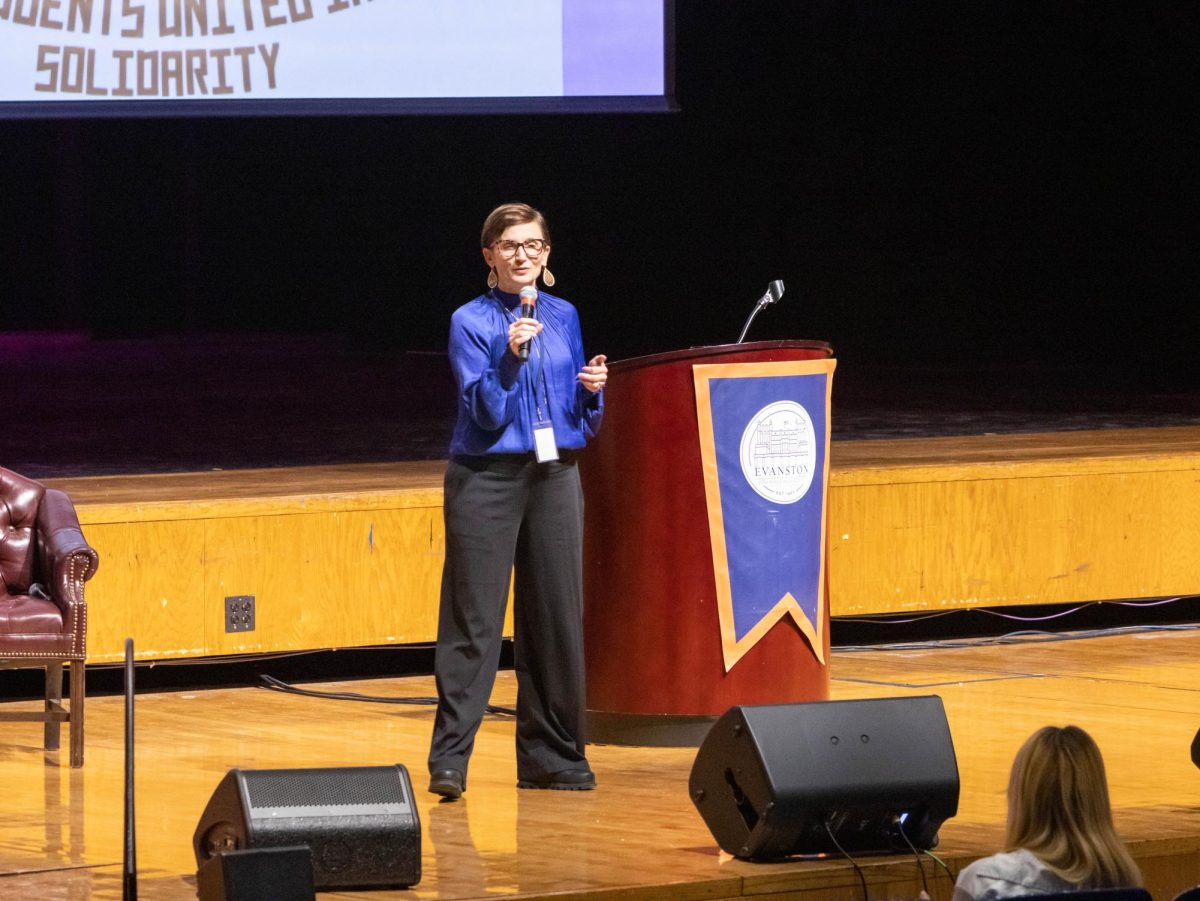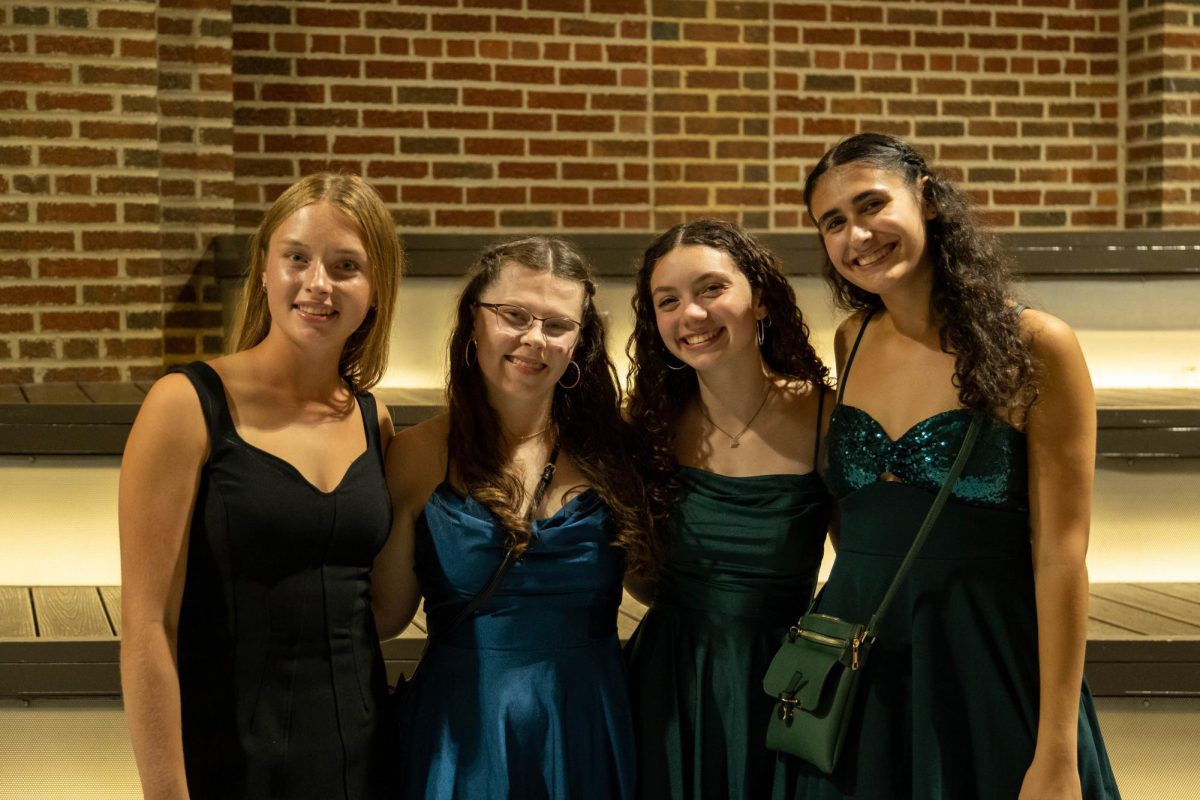Chart Sobbers: The Melancholy State of Popular Music
December 26, 2018
It’s something anyone can appreciate and love, but a lot of different genres, or even time periods, can come to mind when one says “music.”
With the advent of the Internet, particularly the likes of Spotify and YouTube, people have never been more free to choose what they wish to listen to — no matter how old or new, upbeat or sad it may be. Music is, and always will be, a reflection of society. Music, particularly popular music in Western culture, holds a mirror up to society and tells us to reflect upon ourselves.
Now when I say “popular music,” I don’t just mean pop music. Pop is a specific genre that fuses many widely known genres — while all pop music is popular music, not all popular music is pop. Pop is a weird genre, however, because it can encompass so many different styles and moods — from the most upbeat party anthems to a tear-shedding romantic tune.
The latter of which, I would consider an example of a “sad” song — that is, a song with a bitter general mood, a song that generally reflects more on feelings of sorrow, grief or even anger. But the existence of sad songs isn’t anything new; they’ve always been there. What has changed over time, is the definition of “popular music.”
It’s unfair to define an entire era of music by name dropping a couple artists, but music is so vast and complex that generalizing can serve a purpose.
In the 1960s, the idea of popular music was influenced by the social movements of the era, with the emergence of rock dominating the charts. Acts like The Beatles, The Rolling Stones and Bob Dylan helped define the ‘60s sound. The 1970s are now famous for disco but also saw the continued success of rock, all kinds of it: from hard rock like Led Zeppelin to softer, country rock like the Eagles. By the 1980s, rock was still popular, but it was different — now defined by new wave and glam metal. However, it wasn’t just limited to what we’d now call rock, the ‘80s set the stage for the idea of “popular music” we know today. Acts like Michael Jackson, Prince and Madonna – people known around the world as “pop stars.”
Every decade in music could be called influential, but the ‘90s continued the shift to dance pop and hip hop, with the rock scene dominated by grunge acts like Nirvana. The 2000s saw hip hop evolve into more unique subgenres, but dance pop remained a trend – think Britney Spears, or Beyonce.
But what about the 2010s, our current decade? With the decade nearing a conclusion, surely it’s developed its own sound. It’s still hard to generalize the 2010s, but one underlying trend is the increased amount of “sad” songs scoring big on the charts.
Of course, not all of the popular music made recently is sad. All of the aforementioned decade trends are generalizations – the full scope of music trends in any given decade could be an article of its own. But more sorrowful tunes are hitting the charts than, say, 30 years ago.
A May 2018 University of California study on musical trends between 1985 and 2015 analyzed more than 500,000 songs released in the U.K. during that time — largely to determine the predictability of chart success for a song. This study showed that pop music has seen an uptick in “sadness” – that is, a number of factors such as its general mood and the emotions the lyrics convey. While plenty of chart-toppers buck this trend, overall, the trend is that popular music has gradually gotten more melancholy.
While one could compare popular songs over the years to get a general idea of what’s going on — as certainly, say, “Wake Me Up Before You Go-Go” by Wham! (1984) and “In My Feelings” by Drake (2018) are smash hits in a different mood and really different genre — you can’t accurately conclude the existence of a trend in music by comparing a few songs. But as you start to see more “In My Feelings”-esque songs with the same mood and same style — topping the charts, you can see a trend.
A 2012 paper, “Emotional Cues in American Popular Music: Five Decades of the Top 40”, written by E. Glenn Schellenberg and Christian von Scheve, analysed a few key elements in pop music. Comparing top songs from 1950 to 2010, they concluded that over time more songs have become written in a minor key – which usually indicates a sadder key in Western culture. They also looked into each song’s tempo (i.e. how fast the backbeat is), which can also be tied into determining if a song is “sad” or not. While maybe things have changed since, this does indicate more of an overall trend throughout music’s history of more sadder-sounding music, or as they put it, “a progressive increase of mixed emotional cues in popular music.”
But this is the kind of thing that anyone can see for themselves to develop their own opinion on and don’t need a study to confirm it — just spending some time listening to both a pop station and a “classic hits” station, you can see this for yourself. Sadness is not the only trend, for that matter – popular songs have also gotten more similar-sounding and homogenous over the years. If it becomes evident that the sadness trend exists, however, that will inevitably lead us to asking why this trend has occurred.
For that reason, trends in society can easily be spotted in music. As such, the increase in sad music may be indicative of a shift in thinking surrounding mental health. As we as a collective society speak more about and focus on mental health, it becomes increasingly popular for music to do so as well.
Not only that, but young people are now more often than ever being diagnosed with depression, and often will favor sadder music. Researchers at Durham University in the UK and the University of Jyväskylä in Finland concluded that people prefer sadder music when they’re unhappy because not only does it “mirror the tone of their current life circumstances,” but it actually causes people to recall positive memories. The idea of this in music could not only be tied into specific songs but also specific genres – emo-rap, often used interchangeably with “SoundCloud rap,” has exploded onto the music scene. The subgenre is big enough that some think emo rap is to hip hop what new wave was to rock in the late ‘70s/’80s.
Another job of music is to help us communicate with our emotions that are often hard to access otherwise. Sad songs particularly feed into the stress and emotional turmoil people can face. And it’s the job of artists to give the people what they want in terms of music, so artists will create sad music to supply the demand. But, at the same time, maybe the demand for pop music nowadays isn’t 100 percent sad – of course, not everyone enjoys more unhappy music.
The University of California study also concluded that while sadder music is certainly being made at a higher rate. However, the absolute most popular songs, the ones that top the charts – are generally happier.
It’s possible that our true tastes as listeners haven’t changed at all – simply artists are producing more “sad” music, and we’ve adapted to accept them. It’s worth noting that a sadder general mood is far from the only trend we’ve adapted to accept in pop music — so much of what’s on the pop radio is written by a few big name producers using the same hit-making formulas over and over again. Music is more homogenous than it was, say, 30 years ago, and as listeners we’ve had to adapt to that. While that could explain the rise in “sadness”, it’s just as easily a trend on its own.
At the end of the day, we, the listeners, control the music in our ears. Whether your emotions speak more to upbeat music or “sad” music, we live in a time where free access to music of any mood or time period is at our fingertips. And we should be grateful for that — the easy access to music as a whole we have today helps us more easily compare today’s music to that of past generations. This allows us to use music to more accurately reflect society — solidifying music, and particularly popular music, as something society simply wouldn’t be complete without.










